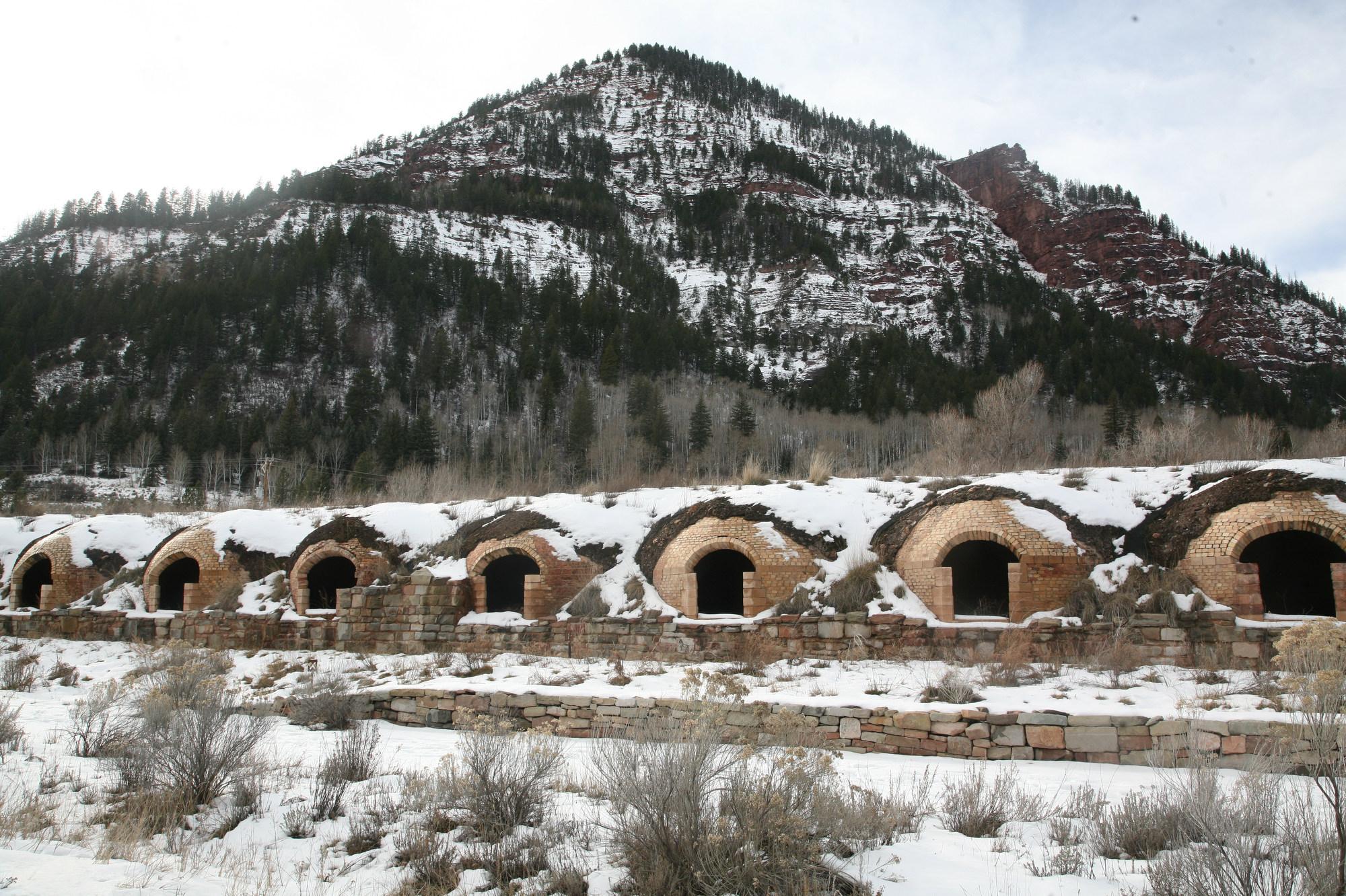DENVER — Recent figures show snowpack across Colorado is up by almost half after late-winter, early-spring storms.
The U.S. Drought Monitor report shows nearly 5 inches of precipitation fell in some parts of the region in March. That pushed snowpack up to near-record levels and left only a quarter of the state remaining under drought conditions—a vast improvement when compared to this time last year when 90 percent of the state was affected.
An estimated 31,000 Coloradans are currently living in drought conditions. El Paso, Teller, and Pueblo Counties are experiencing mild levels of drought and parts of Las Animas, Costilla and Huerfano Counties are under moderate drought conditions.

The Denver Post reports that while the snowfall that pounded Colorado's mountains in recent weeks has helped break the near-term drought, water experts aren't declaring an end to the troubling long-term trend of low water levels as the state's climate shifts to greater deficiency of moisture.
In Colorado, snowpack forms a strong pillar of water storage, but spring rains and summer monsoons will still be required to keep this year's water at a needed high.
Colorado River District Community Affairs Director Jim Pokrandt says if trends continue, 2019 will be only the fifth year the state's water-storage level is at or above average since 2000.









